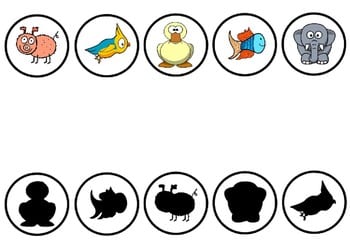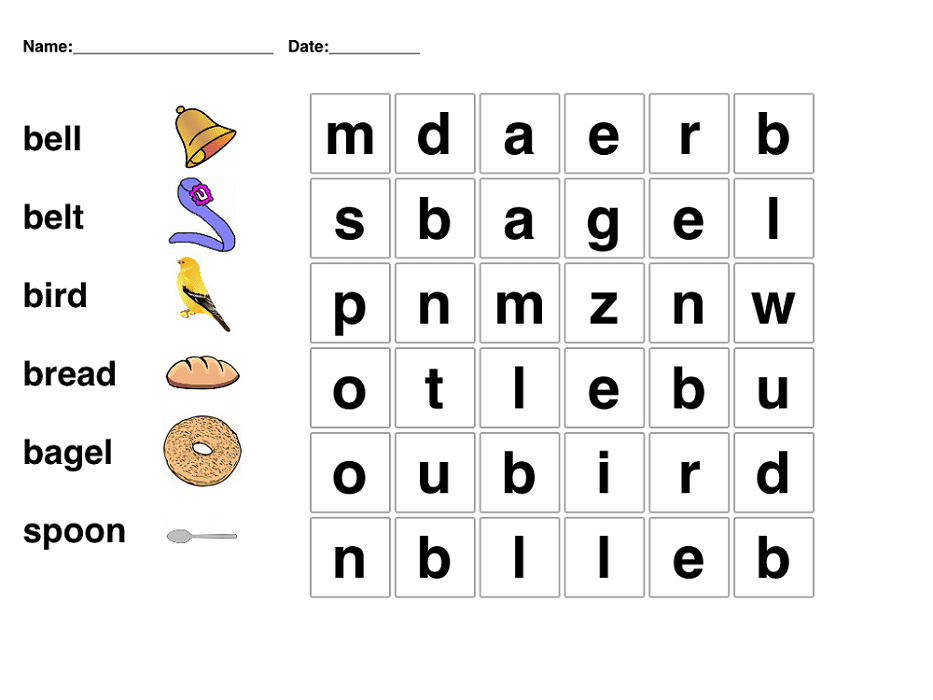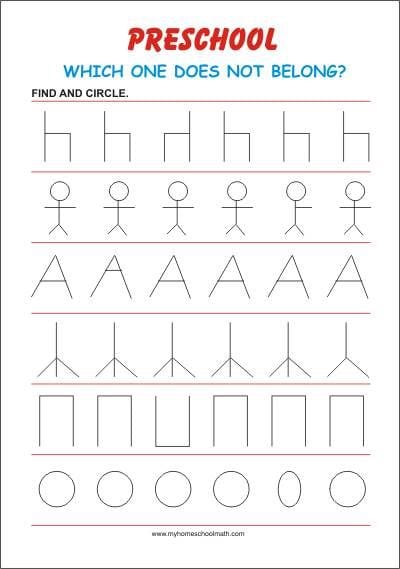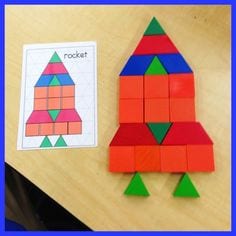Visual perception involves the visual skills used to process, assess, and interpret what is visually seen. Visual skills include visual memory, visual discrimination, form constancy, visual closure, figure ground, visual scanning, spatial relations, and position in space.
Visual perceptual skills are needed for reading, spelling, math, drawing, handwriting, copying (near-point and far-point), and navigating one’s environment.

Visual memory: the ability to remember the numbers, items, pictures, and or words in consecutive order after viewing them.
Visual discrimination: the ability to recognize similarities or differences of objects in the environment amongst other things such as color, form, shape, pattern, size, and position.

Form constancy: the ability to point out or classify objects, shapes, symbols, letters, and words when there are differences in size or position.

Visual closure: the ability to identify forms or objects from incomplete appearance.

Figure ground: the ability to distinguish the foreground from the background in a visual presentation.

Visual scanning: the ability to use vision to scan in an organized way, such as top to bottom and left to right. Used for reading, navigating one’s environment, and more.
Spatial relations: the ability to perceive more than two objects’ position in space corresponding to itself and surrounding. It includes the ability to understand directions, reversals, and identification of left and right.

Position in space: the ability to identify an object’s position in space corresponding to itself and the direction in which it is placed.
